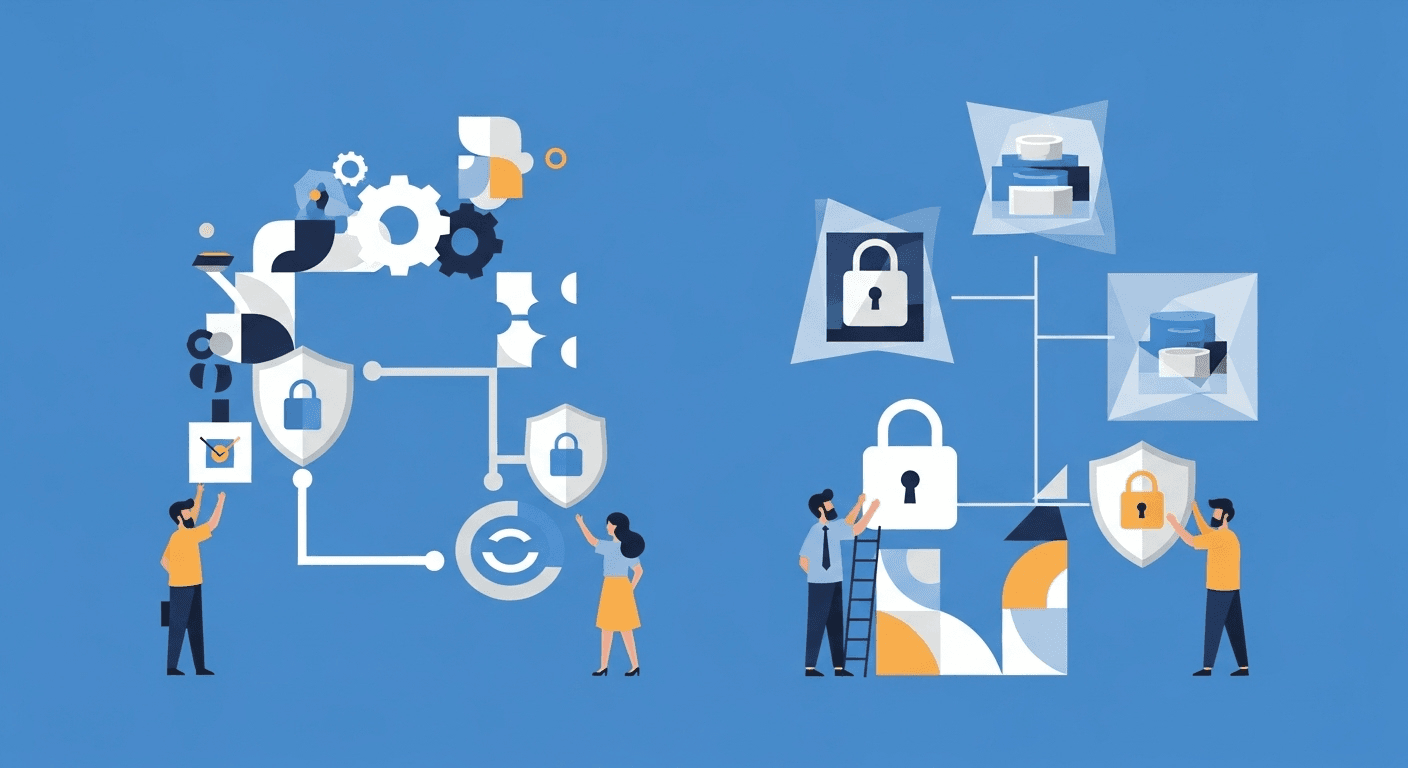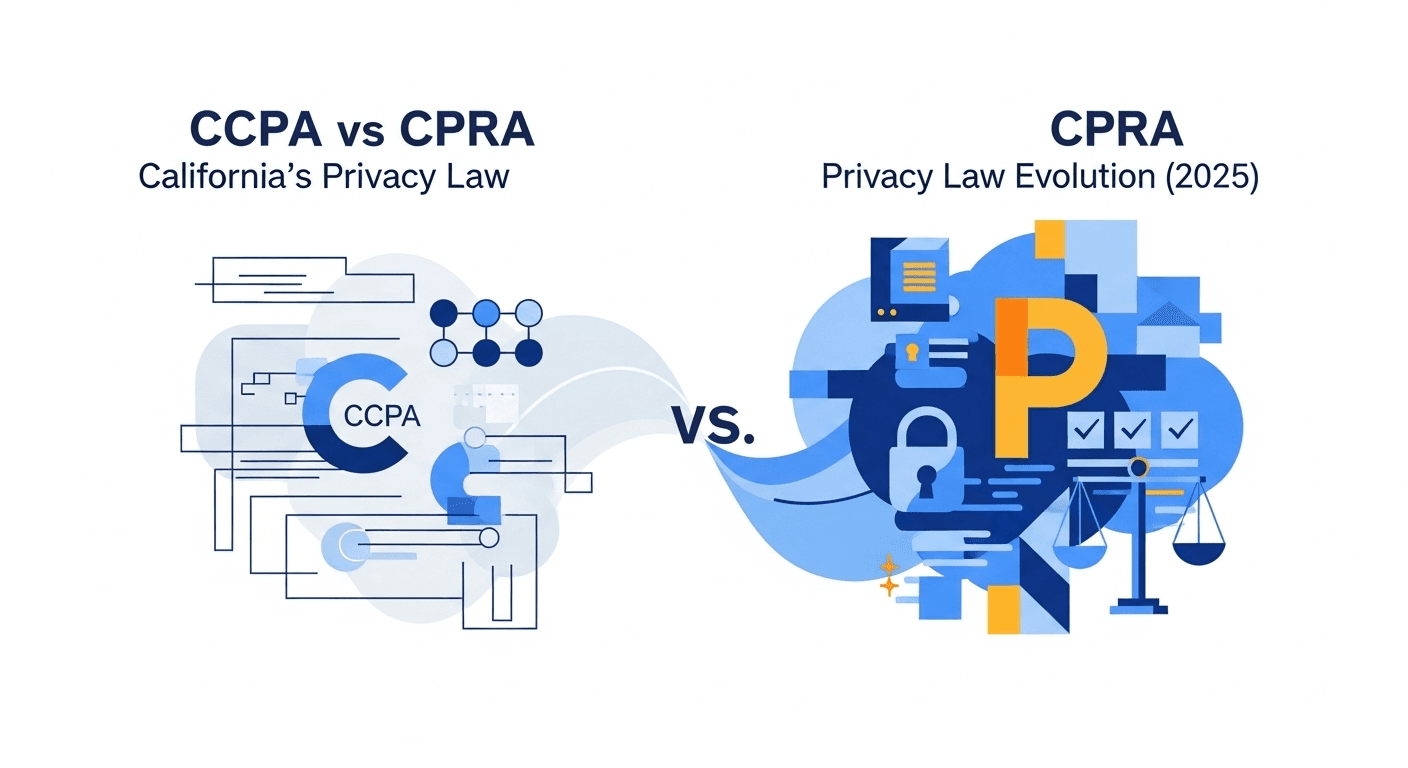GDPR Consent Requirements: The Complete Guide to Valid Consent in 2025
Master GDPR's consent requirements with this comprehensive guide. Learn the 6 criteria for valid consent, avoid common compliance mistakes, and discover when consent isn't the right lawful basis for your business.
Here's the thing about GDPR consent—most businesses think they understand it, but they're actually getting it wrong in ways that could cost them dearly. I've reviewed hundreds of consent implementations over the past few years, and I'd estimate that about 70% have at least one critical flaw that could invalidate the entire consent basis.
The stakes are real. Invalid consent doesn't just mean regulatory risk—it means your entire data processing operation could be built on shaky legal ground. But here's what I've learned: once you understand the six core criteria for valid consent, implementation becomes much clearer.
Let me walk you through everything you need to know about GDPR consent requirements in 2025, including the mistakes I see most often and how to avoid them.
What Makes Consent "Valid" Under GDPR? The 6 Essential Criteria
GDPR Article 7 doesn't just say you need consent—it specifies exactly what makes consent legally valid. Think of these as a checklist that every consent mechanism must pass:
1. Freely Given
This is where most businesses stumble. "Freely given" means the individual has a genuine choice. If saying "no" means they can't use your service at all, that's not freely given consent.
What this looks like in practice:
- You can't make consent a condition for using your basic service
- You can't bundle consent for different purposes together
- You can't use "take it or leave it" approaches for non-essential processing
Real example: A fitness app that requires consent for marketing emails just to create an account? That's not freely given. But asking for marketing consent after they've successfully used the app? That works.
2. Specific
Each consent request must be tied to a specific purpose. You can't ask for blanket consent to "process your data for business purposes."
What this means:
- Separate consent requests for marketing, analytics, and personalization
- Clear explanation of what each type of processing involves
- No vague language like "improving our services"
3. Informed
The individual must understand what they're consenting to. This goes beyond just listing purposes—you need to explain the implications.
Key information to include:
- Who will process the data (including third parties)
- What specific data you'll collect
- How long you'll keep it
- Their right to withdraw consent
4. Unambiguous
There should be no doubt that consent was given. This rules out pre-ticked boxes, inactivity, or silence as forms of consent.
Acceptable methods:
- Clicking a clearly labeled checkbox
- Clicking an "I agree" button after reading the terms
- Verbal consent (if properly recorded and documented)
Not acceptable:
- Pre-ticked boxes
- Continued use of the service
- Failure to opt out
5. Demonstrable
You must be able to prove that consent was given. This is crucial for regulatory investigations.
Documentation requirements:
- When consent was given
- What information was provided
- How consent was obtained
- Any changes or withdrawals
6. Withdrawable
Individuals must be able to withdraw consent as easily as they gave it. If they could consent with one click, withdrawal should be equally simple.
The Most Common GDPR Consent Mistakes (And How to Avoid Them)
After reviewing countless consent implementations, here are the mistakes I see repeatedly:
Mistake #1: Using Consent for Everything
Many businesses default to consent as their lawful basis for all processing. This is often the wrong choice.
Why it's problematic: Consent can be withdrawn at any time, which could break your core business operations. If someone withdraws consent for order processing, you can't fulfill their purchase.
Better approach: Use consent only for optional processing like marketing. For essential business functions, consider other lawful bases like "performance of a contract" or "legitimate interests."
Mistake #2: Grandfathering Invalid Consent
Some businesses assume that consent obtained before GDPR (May 2018) automatically carries forward. It doesn't.
The rule: Pre-GDPR consent is only valid if it meets current GDPR standards. Most doesn't.
What to do: Audit your existing consent records. If they don't meet the six criteria above, you need fresh consent or a different lawful basis.
Mistake #3: Consent Walls
Making consent mandatory for basic service access creates what regulators call "consent walls"—and they're increasingly problematic.
Recent enforcement: The French data protection authority (CNIL) has fined several companies for making consent mandatory for website access.
Compliant alternative: Offer a clear choice between consenting to optional processing or using the service without it.
Mistake #4: Vague Consent Language
"We may use your data to improve our services" isn't specific enough for GDPR consent.
Better language: "We'll use your purchase history to recommend products you might like in our monthly newsletter."
Implementing Valid Consent: Technical and Legal Requirements
Getting consent right requires both legal compliance and technical implementation. Here's how to build a system that works:
Technical Requirements
Consent Management Interface:
- Clear, prominent consent requests
- Separate checkboxes for different purposes
- Easy-to-find withdrawal mechanisms
- Mobile-responsive design
Backend Systems:
- Timestamp recording for all consent actions
- Audit trails for consent changes
- Integration with your privacy policy and data processing systems
- Automated consent expiration (typically 12-24 months)
Legal Documentation
Your privacy policy needs to clearly explain your consent processes. This includes:
- What you're asking consent for
- How individuals can withdraw consent
- The consequences of withdrawal
- How you'll handle consent in different jurisdictions
This is exactly the type of complex documentation that our GDPR compliance checklist helps you navigate, and why many businesses turn to automated solutions for consistent, legally compliant privacy documentation.
Special Consent Scenarios: Children, Sensitive Data, and Marketing
Children's Consent (Under 16)
GDPR has special rules for children's consent:
- Children under 16 can't give valid consent (though EU countries can lower this to 13)
- You need parental consent for children
- You must make reasonable efforts to verify parental consent
- Age verification systems must be proportionate to the risk
Sensitive Data Processing
Special categories of data (health, religion, political opinions, etc.) require explicit consent—a higher standard than regular consent.
Key differences:
- Must be explicitly stated, not just implied
- Requires clear, direct language about the sensitive nature
- Higher documentation standards
- More restrictive withdrawal procedures
Marketing Consent
Email marketing has additional requirements under both GDPR and national laws like PECR in the UK.
Best practices:
- Separate consent for different marketing channels (email, SMS, phone)
- Clear frequency expectations
- Easy unsubscribe mechanisms
- Regular consent refreshing (annually is good practice)
Consent Management: Documentation and Withdrawal Systems
Documentation Requirements
You need comprehensive records of all consent activities. This should include:
For each consent instance:
- Individual's identifier (email, user ID, etc.)
- Timestamp of consent
- Method of consent (web form, email, phone, etc.)
- Specific purposes consented to
- Version of privacy policy/terms at time of consent
- IP address and user agent (for online consent)
For consent changes:
- Withdrawal timestamps
- Method of withdrawal
- Any partial withdrawals (specific purposes)
- System updates following withdrawal
Building Withdrawal Systems
Withdrawal must be as easy as giving consent. Here's what that looks like:
Online systems:
- Preference centers accessible from every email
- Account settings with granular controls
- One-click unsubscribe links
- Clear confirmation of withdrawal
Offline systems:
- Phone numbers for withdrawal requests
- Email addresses for withdrawal
- Physical addresses if you collect consent offline
- Response time commitments (typically 30 days maximum)
Managing these complex requirements is why many businesses find that automated privacy documentation tools save both time and reduce compliance risk.
Beyond Consent: When Other Lawful Bases Make More Sense
Here's something many businesses don't realize: consent isn't always the best lawful basis for processing personal data. Sometimes other bases are more appropriate and less risky.
Performance of a Contract
Use this for processing that's essential to deliver your service:
- Order fulfillment
- Account management
- Customer support
- Payment processing
Advantage: Can't be withdrawn like consent can.
Legitimate Interests
Often the most flexible basis for business operations:
- Website analytics (with privacy-friendly settings)
- Fraud prevention
- IT security
- Some marketing activities
Requirement: Must conduct and document a legitimate interests assessment (LIA).
Legal Obligation
When law requires you to process data:
- Tax record keeping
- Anti-money laundering checks
- Employment law requirements
Vital Interests
Rarely used, but important for:
- Medical emergencies
- Child protection situations
- Life-threatening circumstances
Making GDPR Consent Work for Your Business
The key to GDPR consent compliance isn't just understanding the rules—it's building systems that make compliance sustainable and user-friendly.
Start with a consent audit:
- List all your current data processing activities
- Identify which ones actually need consent (vs. other lawful bases)
- Review your existing consent mechanisms against the six criteria
- Document gaps and create an implementation plan
Focus on user experience:
- Make consent requests clear and jargon-free
- Provide genuine value in exchange for consent
- Respect withdrawal decisions promptly
- Keep consent fresh with periodic re-confirmation
Build proper documentation:
- Implement comprehensive consent logging
- Create clear withdrawal processes
- Maintain audit trails for regulatory inquiries
- Regular compliance reviews and updates
The businesses that succeed with GDPR consent are those that view it not as a compliance burden, but as an opportunity to build trust through transparency and respect for individual choice.
Remember, getting consent right is just one part of comprehensive GDPR compliance. You'll also need proper privacy impact assessments, records of processing activities, and privacy-by-design principles built into your systems.
The complexity of these requirements is exactly why many businesses are moving toward automated compliance solutions that can generate legally compliant documentation while ensuring all the technical and legal requirements are properly addressed.
Related Articles
Ready to get started?
Generate legally compliant privacy documentation in minutes with our AI-powered tool.
Get Started Today

